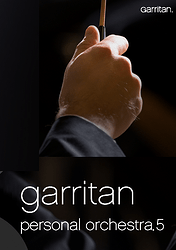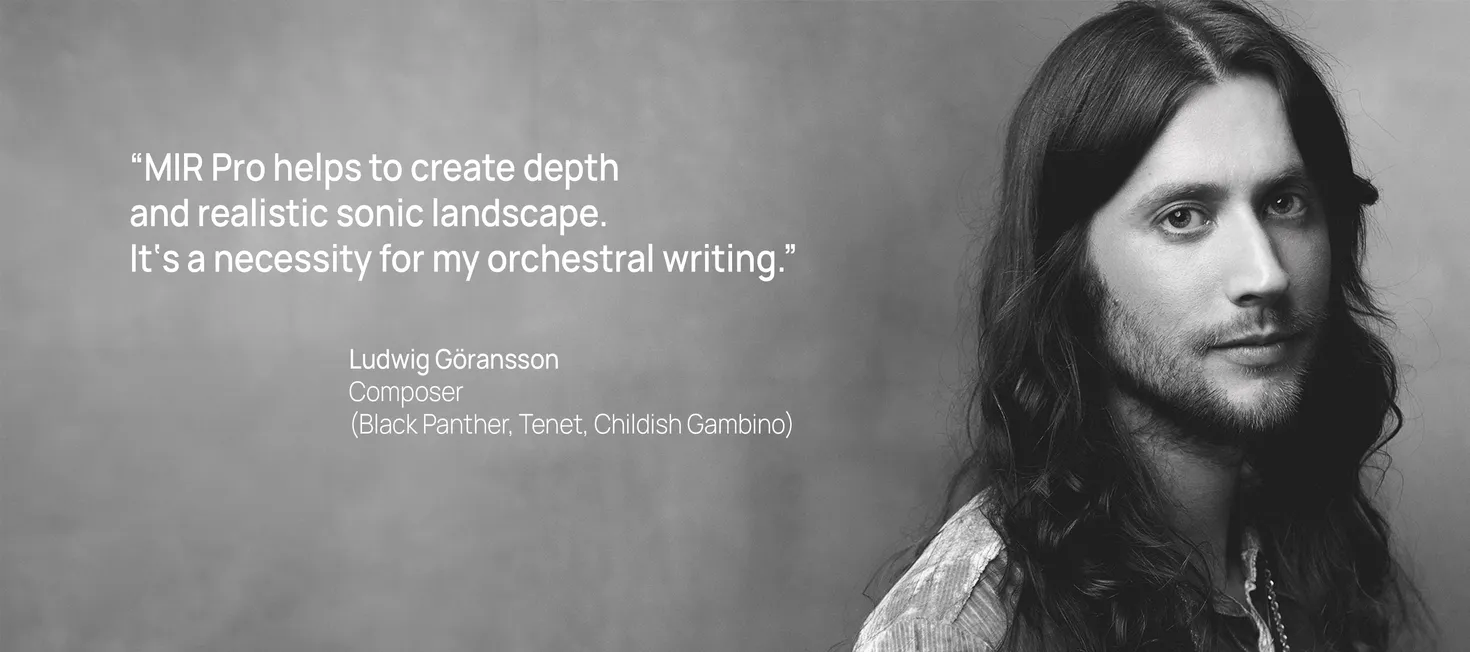That would be great and I hope it’s true. In the meantime I’d like to stay with NP4 but the rollback is not working.
Hi Steve,
@kcnarf007 kindly posted this upthread:
I did the following to restore my 4.5.1 installation
- ran the NP5 uninstaller
- Re-installed 4.5.1
- Recovered my autostart.np_template from backup
Everything is now OK.
Sorry – I was replying to @alexsMusicComps, specifically, his posting: NotePerformer 5 is now available - #191 by alexsMusicComps
Here you go, kids. It’s the GPO5 Noteperformer Engine!
Garritan Personal Orchestra 5.zip (237.5 KB)
Some bits work really well. The Solo Strings are amazing. The Brass are excellent. There are some balance issues here and there. Future updates to NP may improve things.
@Wallander shared this post on Facebook explaining the thought behind NP5. I hope it is OK that I cross post this here for people who are not using Facebook:
Since there’s been discussion about the quality differences between NotePerformer 4 and NotePerformer 5, we want to be transparent about the business situation, how the technology works, and why we’re making this transition.
We want to be upfront in saying that we won’t be going back to direct VST3 support as we had in NotePerformer 4 – under any circumstance.
The reality is that with NotePerformer 4’s playback engines, we encountered a large number of problems caused by VST3 plugins themselves. These included erratic behavior, background thread crashes, sound dropouts in bounce mode, disk streaming issues, and preset version mismatches. Sample libraries also frequently exhibited problems with installation paths, versioning, or missing/mismatched content. These weren’t issues we could fix – they were inherent to the plugins. We also faced high costs from chargebacks, as we were held accountable for third-party sample libraries we couldn’t fix or control.
Even for users who eventually got things working, many needed extensive support – sometimes twenty emails or more – just to troubleshoot a single plugin. In many cases, plugin developers referred their users to us, despite the issues being outside our control. That left us trying to resolve problems we didn’t create and couldn’t fix, while the plugin makers benefited from sales to notation users they otherwise wouldn’t have reached.
We simply can’t sustain that model. When we sell a playback engine for $89 (including development, support, and taxes), we can’t also serve as unofficial support for third-party VST3 plugins. It became clear we had only two paths forward:
Drop VST3 support entirely, or
Build a sandboxed solution where we could isolate VST3 plugins and prevent these problems from affecting users. At the same time, both users and developers would need the means to resolve plugin-related issues independently of us. This became NotePerformer 5.
NotePerformer 5 runs an emulation of each sample library using a high-stability engine designed for minimal CPU and RAM usage, with no disk streaming. Naturally, reducing a 1000 GB library to a 5 GB emulation involves significant trade-offs. We greatly simplify content and implement custom handling for unstable areas like transitions or release trails. The emulation doesn’t sound nearly identical to the original, but it offers consistency and reliability in notation environments – and opens the door to a wider user base for these libraries.
We recognize that emulation is a sensitive topic. But we’re confident in our approach: no intellectual property is transferred between systems, and the emulation is hardware-encrypted to run only on the local system. We also perform a reasonable level of validation against the original VST3 plugin to ensure its content is still present, subscriptions are active, and dongles are inserted. While it’s not iLok-level security, it’s appropriate for a lightweight, notation-only use case.
If a plugin developer has concerns about NotePerformer 5’s hosting of their library, we can disable factory engines and blacklist VST3 identifiers or related search terms upon request. Our intention is not to force inclusion but to offer a secure, simplified notation-only experience. If legal concerns arise, we may have to reconsider VST3 compatibility in broader terms. We hope it doesn’t come to that, as our goal is to create a win-win for both notation users and plugin developers.
Hey thanks for your question about those test I had them only in a reaper session which dosent exsist anymore. The video above is made with NP5. I seriously don’t see an issue from my standpoint with NP5. I hope it could get improvements in terms of usability but because of the decision yesterday. I deleted all Np4 a
Data and tests. I can only say from my standpoint I wasted a lot of lifetime. And I strongly believe that many people don’t use a proper simulated reverb which causes the impression to have a weaker result. Arne said that they have removed the recorded reverb from the samples which of course creates a dry signal. When you keep that in mind it’s obvious that you have to bring reverbs back. Technical cheap reverbs such as Valhalla which have only a few Response curves cannot bring this lifelike multiresponse convolution back. So you have to add it by yourself. Spitfire Reverb Studio is the Answer or VSL Mir Pro or how it is named too. I see no other choice in that. But then it is really on point. Especially when you place your instrument with a close signal in the propper 3d position … panning is not sufficient to recreate that. But that’s all my opinion.
The true question for Arne is, if it is possible to have an option to not delete the original recorded reverb in the samples. I would believe that this is what people are missing..
I don’t know if that’s true. Arne should need to clarify on that. How the algorithm works exactly In order to understand what’s happening. But when we see the pre calculation as a AI training than 5gb or 10 gb from 1000 gb is not a big of a deal.
The midjourney AI image generator was trained on a quadtrillion of gigabytes, almost all images on the internet and social media. The resulting training data set has a size of less than 10 gigabyte.
And still the engine is able to draw absolutely stunning lifelike beauty shots of beautiful people for instagram or advertisement. that you can see these days almost everywhere.
If Noteperformer is a true AI or deep learning Algorithm than your samples are just the schoolbook for the AI to learn how to modulate a signal note by note. This is at least what i hope and understand especially the fact that you cannot transfer the training precalculation to annother computer shows me that this must be training of AI, because Training databases only work propperly on the same machine where they where trained.
I hope we have entered now the era where we don’t necessary need sanples anymore in the first place to produce samples as a output because this is the state where the entire film Industry already is for years. Happening this step in Music now would be a logical step forward.
Thanks for sharing.
Where is this discussion on Facebook? I don’t see a “NotePerformer” group. Thanks.
Update: I found the Facebook group: NotePerformerOfficial
That’s impressive. I still like much about GPO5. Great work, there ![]()
I think it really works with NP because the samples are as dry as a badger to start with.
I’m interested in seeing what it will make from JABB…!
How do I install it into NPPE 5?
Just drop it onto the NPPE window.
Thank you SO much. I’m a simple guy; things need to be “Gary-Proof” for me ![]()
Yes I agree reverb is the source of the problem but I would rather spatialization. I am using Mir Pro from a decade now and it gives the best of NPPE 5 to my standard. The issue with spitfire spatialization engine is that you need one instance for each instrument, which lead to crazy CPU usage.
Totally agree mir pro is also based on gpu rather cpu which is a big plus.
It’s not, as far as I know. I think it’s based on some kind of sample-based modeling and production rule engine.
but the fact that the preroll only runs on the prerollt computer is a big indicator.. i work with Ai for quite some time now.. At some point in the algorithm AI is involved from all i have learned in the past two years
I’m still finding that in certain situations, the clear issues with NP5 are outweighed by the crispness and pure emotion which the new version is able to convey and this gives me some hope for the future. I actually think that for my 6th symphony, the pros outweigh the cons though others may beg to differ, and some of the problems I think can be worked around (which is, alas not the case with the Cinematic Studio solo strings which are a disaster area). Anyone interested can try out the new version Box (and compare to the old on Reelcrafter if desired)
Thanks for sharing that - it’s consistent with other renders I’ve heard from NP5. The strings are not good at all, but the other instruments are better than NP4.5 (IMO!).

